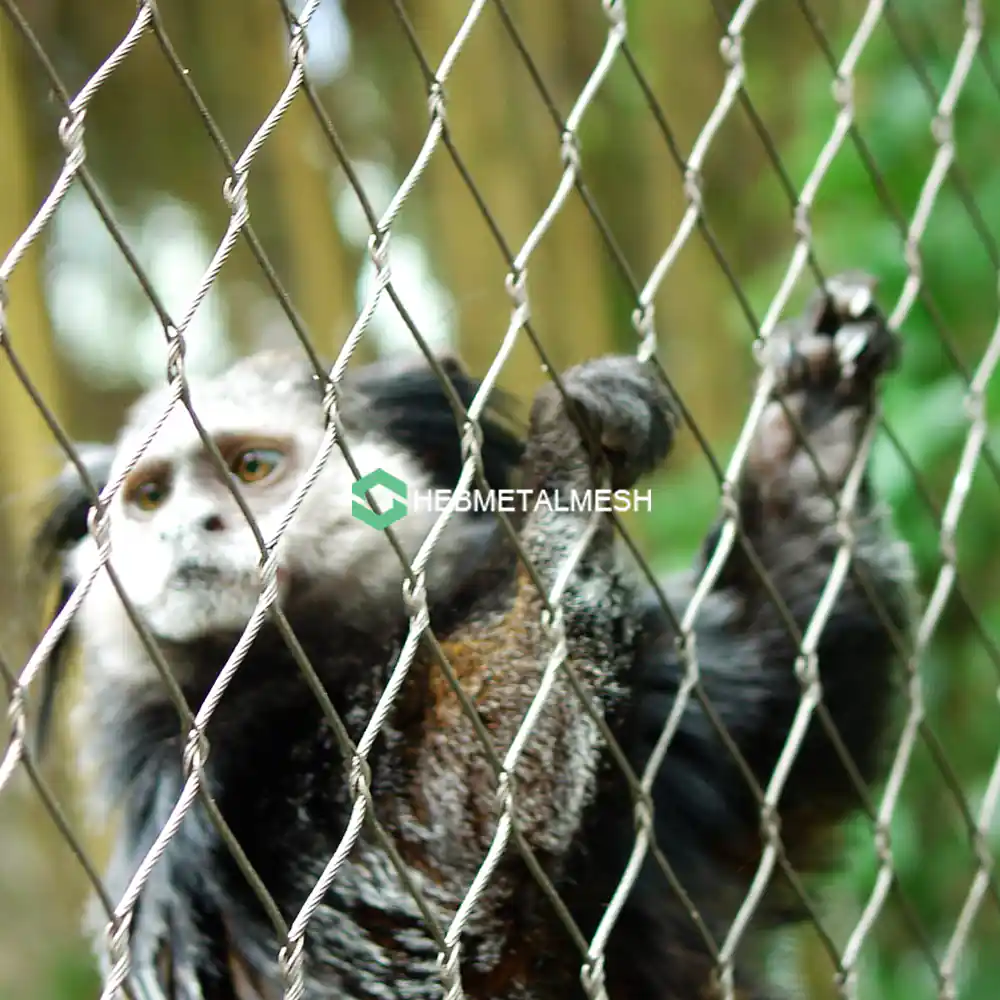Creating safe and secure environments for both zoo animals and visitors is paramount for any zoo. Netting for zoo animal cages plays a crucial role in achieving this safety. It ensures the containment of animals while allowing them to be viewed in a way that is as natural and unobtrusive as possible. In this article, we will explore how wildlife netting is used in zoo enclosures and the benefits it offers.
Importance of Netting in Zoo Enclosures
Netting for zoo animal cages is not just about keeping animals inside their enclosures; it’s also about protecting them from outside threats and preventing any potential harm to zoo visitors. The right type of netting can provide a barrier that is both strong and nearly invisible, thereby enhancing the viewing experience without compromising on safety.
Durability and Strength
Wildlife netting must be made from materials that can withstand the elements as well as the strength of the animals it’s designed to contain. Materials such as stainless steel or heavy-duty nylon are often used for their durability and resistance to wear and tear.
Aesthetic Appeal
Zoo animal cages netting should blend in with the natural habitat of the animals. This not only makes for a more attractive exhibit but also helps to create a more authentic and stress-free environment for the animals themselves.

Types of Netting for Zoo Enclosures
There are different types of netting available, each suited to different kinds of animals and enclosure designs.
Mesh Size and Configuration
The size of the mesh used in wildlife netting will depend on the species it’s intended for. Larger animals require larger, stronger mesh, while smaller, agile animals need smaller mesh to prevent escape.
Material Options
Zoo enclosures can use a variety of materials for netting, from woven wire to synthetic fibers. Each has its own set of advantages in terms of visibility, strength, and ease of installation.
Advantages of Using Netting
Using netting for zoo enclosures has several advantages over other types of barriers like glass or solid walls.
Improved Visibility
Netting allows for clear visibility into enclosures, providing a more immersive experience for visitors and a less confined feeling for animals.
Ventilation
Netting enables better airflow compared to solid barriers, which is essential for the health and comfort of the animals.
Flexibility
Netting can be used in a variety of enclosure designs, from aviaries to mammal habitats, and can be easily shaped and sized to fit specific requirements.
Installation and Maintenance

The installation of zoo animal cages netting should always be done by professionals to ensure it is secure and safe. Regular maintenance checks are also crucial to identify any potential weak points or damage that could compromise the enclosure’s integrity.
Conclusion
Netting for zoo animal cages is a vital component in creating environments that are safe for both animals and visitors. The right wildlife netting combines strength and durability with aesthetic appeal, ensuring that zoo enclosures are secure and pleasing to the eye. As zoos continue to evolve, the use of netting will remain an important aspect of enclosure design, contributing to the overall experience and well-being of the wildlife within.

